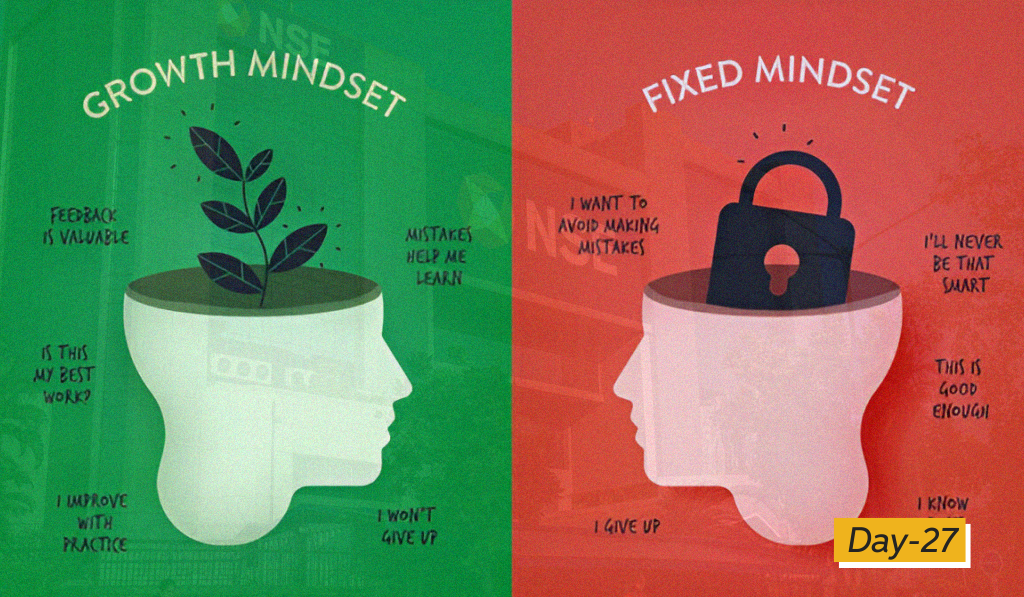In an era dominated by short-term trading and speculative strategies, the concept of generational investing often takes a backseat. However, building wealth that transcends your lifetime is not only possible but also highly rewarding—for both you and future generations. Generational investing focuses on creating a financial legacy by leveraging time, discipline, and sound investment principles. This article explores the strategies, principles, and benefits of generational investing, along with practical steps to make it a reality.
What Is Generational Investing?
Generational investing is a long-term investment approach aimed at building a sustainable financial legacy that can be passed down to heirs. Unlike traditional investing, which often focuses on individual goals like retirement or wealth accumulation, generational investing emphasizes wealth preservation and growth across multiple lifetimes.
Key Features:
- Time Horizon: Typically spans decades, often beyond the investor’s lifetime.
- Focus on Quality: Prioritizes stable, high-quality assets with compounding potential.
- Intergenerational Impact: Aims to provide financial security and opportunities for future generations.
Why Generational Investing Matters
1. The Power of Compounding
Compounding is the foundation of generational wealth. By reinvesting returns over an extended period, investments grow exponentially.
- Example: If ₹1 crore is invested at a 10% annual return, it grows to ₹3 crore in 10 years, ₹9 crore in 20 years, and ₹27 crore in 30 years.
2. Financial Security for Future Generations
Generational investing ensures that your children and grandchildren have a financial cushion for education, healthcare, and other essential needs.
3. Legacy and Impact
Wealth built through generational investing can fund philanthropic endeavors, create businesses, or enable family members to pursue dreams without financial constraints.
Core Principles of Generational Investing
1. Start Early
The earlier you begin, the more time your investments have to grow. Even small contributions made consistently can lead to significant wealth over decades.
- Example: Investing ₹10,000 monthly from age 25 to 65 at a 12% annual return creates a corpus of over ₹7 crore.
2. Focus on High-Quality Assets
Invest in businesses or assets with sustainable competitive advantages, consistent earnings growth, and strong governance.
- Example: Companies like Hindustan Unilever and Nestlé have demonstrated resilience and long-term value creation.
3. Diversify
Spread investments across asset classes, sectors, and geographies to minimize risk.
- Example: A portfolio with equities, bonds, real estate, and gold offers a balanced mix of growth and stability.
4. Minimize Costs
High fees and frequent trading can erode returns. Choose low-cost investment vehicles like index funds or ETFs.
5. Stay Disciplined
Avoid the temptation to react to short-term market fluctuations. Generational investing requires patience and a long-term perspective.
Investment Strategies for Generational Wealth
1. Buy-and-Hold Strategy
Identify high-quality stocks or funds and hold them for decades. This minimizes transaction costs and maximizes the compounding effect.
- Example: Investors who held shares of Infosys or TCS since their IPOs have seen astronomical returns.
2. Dividend Growth Investing
Invest in companies that pay regular dividends and have a history of increasing payouts. Reinvesting dividends accelerates compounding.
- Example: ITC and HDFC Bank are known for consistent dividend growth.
3. Real Estate for Passive Income
Investing in rental properties or Real Estate Investment Trusts (REITs) provides steady cash flow and long-term appreciation.
4. Systematic Investment Plans (SIPs)
SIPs allow you to invest a fixed amount regularly, ensuring discipline and mitigating the impact of market volatility.
- Example: A SIP of ₹10,000 in a mutual fund earning 12% annually can create ₹1 crore in 20 years.
5. Trusts and Foundations
Setting up family trusts or charitable foundations ensures that wealth is preserved and used according to your values and intentions.
Overcoming Challenges in Generational Investing
1. Inflation
Inflation erodes the purchasing power of money over time. Ensure your portfolio’s growth rate exceeds inflation.
- Solution: Allocate a significant portion of your portfolio to equities, which have historically outpaced inflation.
2. Market Volatility
Market downturns can test patience and resolve. Stay focused on the long-term vision.
- Solution: Avoid frequent portfolio reviews and trust the compounding process.
3. Lack of Financial Literacy
Future generations may lack the knowledge to manage inherited wealth effectively.
- Solution: Include financial education as part of your legacy. Teach family members the principles of investing and money management.
Role of Estate Planning in Generational Investing
1. Wills and Testaments
Clearly outline how your wealth should be distributed to avoid disputes and ensure alignment with your vision.
2. Nominees and Beneficiaries
Update nominees for all investment accounts to ensure a smooth transfer of assets.
3. Trusts
Establishing a trust allows you to manage the distribution of wealth over time, ensuring that future generations use it responsibly.
- Example: A trust can allocate funds for specific purposes like education, healthcare, or business ventures.
4. Tax Efficiency
Plan your investments and transfers to minimize tax liabilities for your heirs.
- Example: Gifting investments over time can reduce estate taxes.
Case Studies: Successful Generational Investing
1. Rockefeller Family
John D. Rockefeller’s disciplined investment approach and focus on high-quality assets laid the foundation for one of the most enduring financial legacies in history. His family trust continues to grow and fund philanthropic initiatives.
2. Infosys Founders
The founders of Infosys created significant wealth through equity ownership. By holding their stakes and focusing on sustainable growth, they have not only secured their family’s future but also contributed to society through charitable initiatives.
The Emotional Aspect of Generational Wealth
Building generational wealth is not just about numbers; it’s about values, vision, and responsibility. Wealth can:
- Empower family members to pursue education, entrepreneurship, or philanthropy.
- Foster unity by aligning the family around shared goals and principles.
- Leave a lasting impact on society through charitable contributions.
Practical Steps to Start Generational Investing
- Set Clear Goals: Define your financial legacy and the purpose of your wealth.
- Choose the Right Assets: Focus on high-quality, long-term investments that align with your goals.
- Educate Your Family: Ensure future generations understand the principles of wealth management.
- Automate Investments: Use SIPs and recurring deposits to ensure consistency.
- Review Periodically: Assess your portfolio annually to ensure it remains aligned with your objectives.
Conclusion
Generational investing is a powerful strategy for creating wealth that lasts beyond your lifetime. By leveraging the principles of compounding, diversification, and discipline, you can build a financial legacy that benefits your family for generations to come. Beyond financial gains, generational investing allows you to leave behind a legacy of values, opportunities, and impact. Start today, and let time and thoughtful planning turn your financial dreams into a lasting reality.










